Is it Possible to Unformat Thumb Drive? Yes, It Is!
- Home
- Support
- Tips Data Recovery
- Is it Possible to Unformat Thumb Drive? Yes, It Is!
Summary
It is possible to unformat a Thumb drive on a Windows PC if it was formatted using the Quick Format method, which only deletes the address tables and not the actual data. Data recovery is not possible if the Thumb Drive was formatted using Full Format or Secure Format methods, as these methods overwrite the data completely. The Quick Format option is the default setting in Windows, increasing the likelihood that a quick format was used, making data recovery feasible.
Table of contents
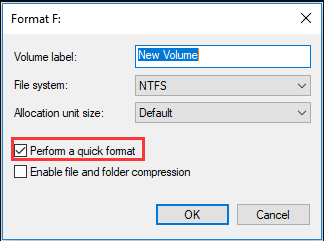

Easy to use Only simple steps to recover data from storage devices.
Multiple scan modes Fast partition scan, whole partition scan and whole disk scan for different recovery needs.
File types Support to recover pictures, videos, audios, documents, mails, etc.
Supported storage devices Recover data from recycle bin, SD card, external disk, etc.
Supported systems Windows 10, 8.1, 8, 7, Vista, XP, 2000 and Mac OS X10.6, 10.7, 10.8.
Easy to use Only simple steps to recover data from storage devices.
Multiple scan modes - 3 scan modes for different recovery needs.
Supported storage devices Recover data from recycle bin, SD card, external disk, etc.
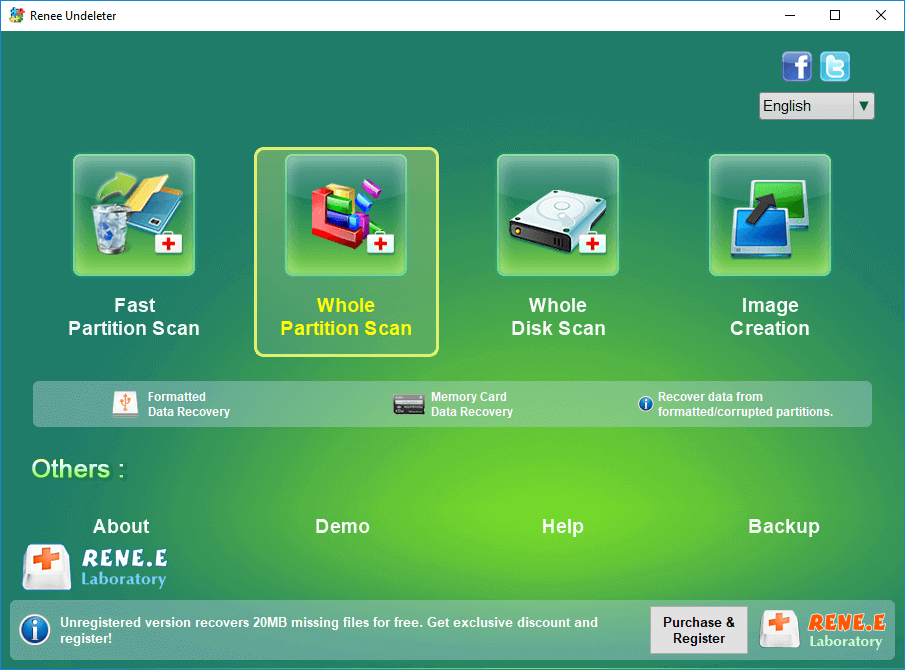
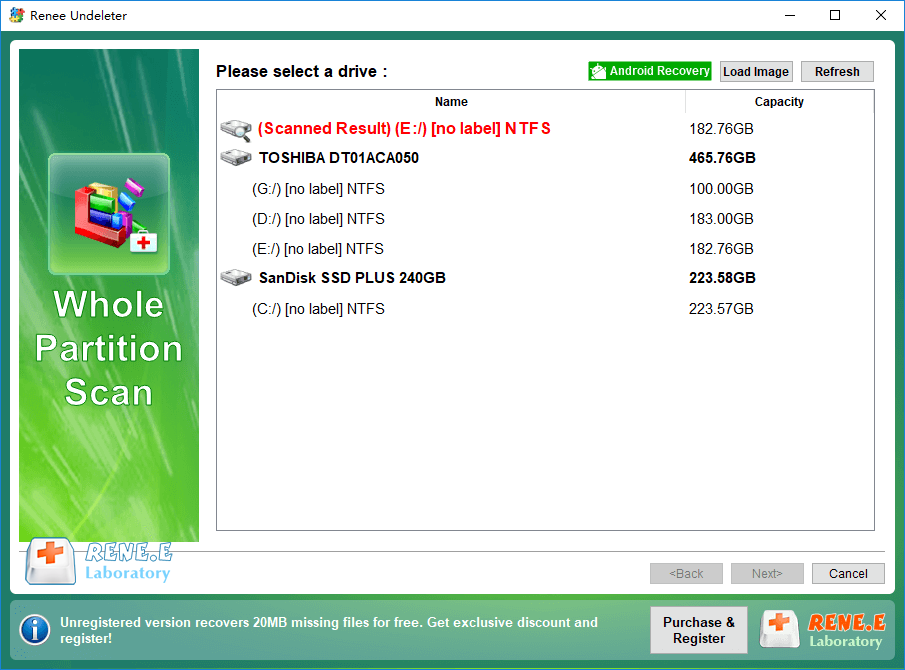
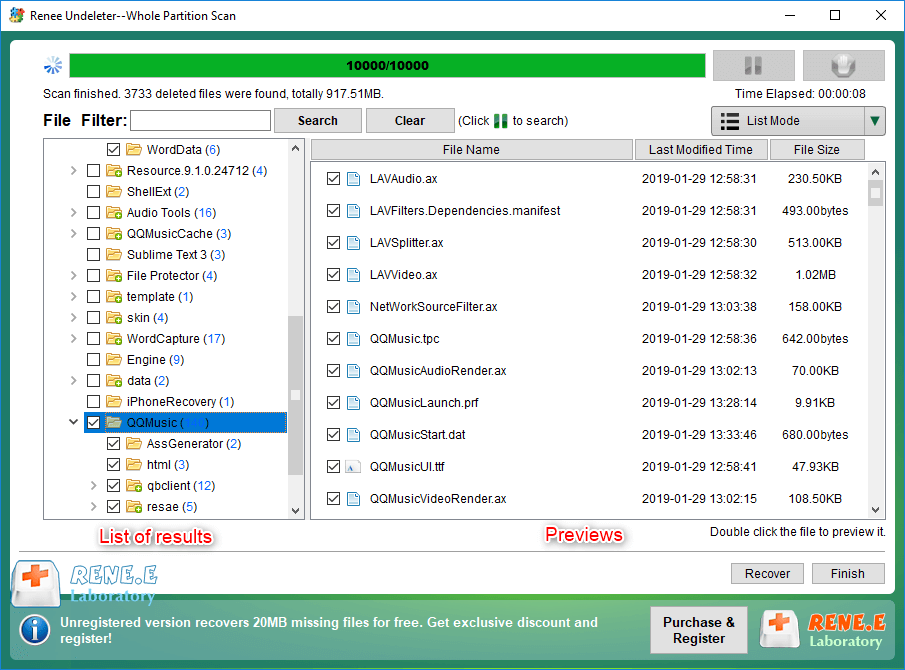

Easy to use Only simple steps to recover data from storage devices.
Multiple scan modes Fast partition scan, whole partition scan and whole disk scan for different recovery needs.
File types Support to recover pictures, videos, audios, documents, mails, etc.
Supported storage devices Recover data from recycle bin, SD card, external disk, etc.
Supported systems Windows 10, 8.1, 8, 7, Vista, XP, 2000 and Mac OS X10.6, 10.7, 10.8.
Easy to use Only simple steps to recover data from storage devices.
Multiple scan modes - 3 scan modes for different recovery needs.
Supported storage devices Recover data from recycle bin, SD card, external disk, etc.
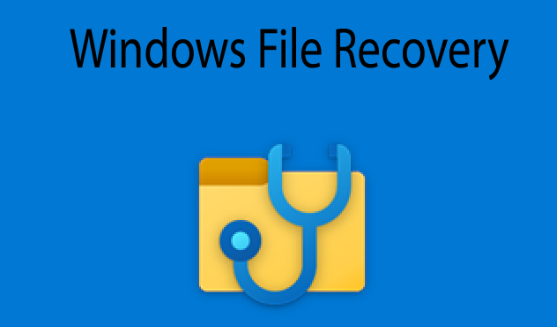

winfr C: C:\Users\YourUsername\Desktoph
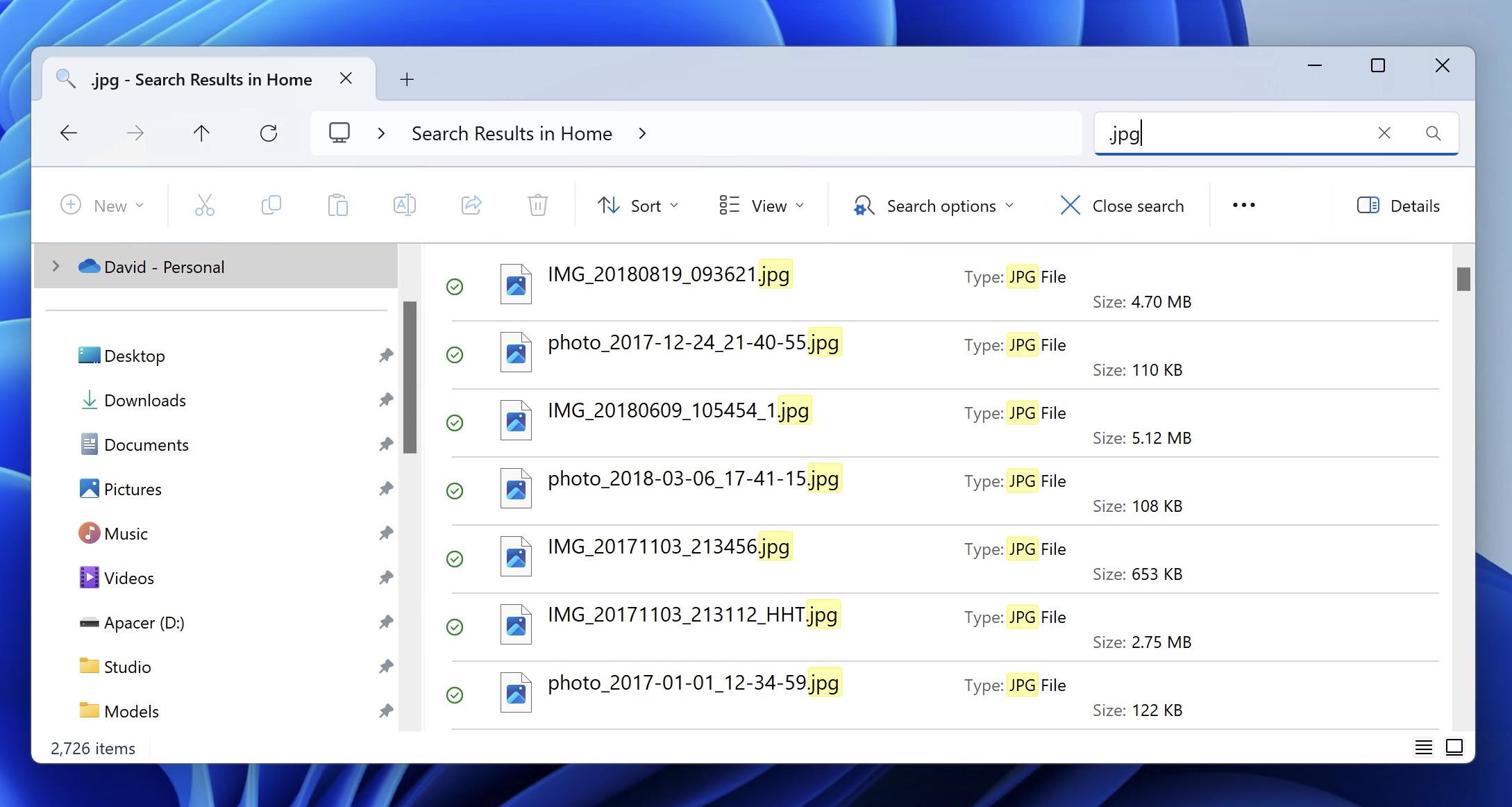

Easy to use Only simple steps to recover data from storage devices.
Multiple scan modes Fast partition scan, whole partition scan and whole disk scan for different recovery needs.
File types Support to recover pictures, videos, audios, documents, mails, etc.
Supported storage devices Recover data from recycle bin, SD card, external disk, etc.
Supported systems Windows 10, 8.1, 8, 7, Vista, XP, 2000 and Mac OS X10.6, 10.7, 10.8.
Easy to use Only simple steps to recover data from storage devices.
Multiple scan modes - 3 scan modes for different recovery needs.
Supported storage devices Recover data from recycle bin, SD card, external disk, etc.

Easy to use Only simple steps to recover data from storage devices.
Multiple scan modes Fast partition scan, whole partition scan and whole disk scan for different recovery needs.
File types Support to recover pictures, videos, audios, documents, mails, etc.
Supported storage devices Recover data from recycle bin, SD card, external disk, etc.
Supported systems Windows 10, 8.1, 8, 7, Vista, XP, 2000 and Mac OS X10.6, 10.7, 10.8.
Easy to use Only simple steps to recover data from storage devices.
Multiple scan modes - 3 scan modes for different recovery needs.
Supported storage devices Recover data from recycle bin, SD card, external disk, etc.
Relate Links :
How to Clone a Thumb Drive: Essential Tools and Techniques
28-06-2024
Jennifer Thatcher : Discover the essential tools and methods to clone a thumb drive effectively. Our comprehensive guide covers sector copy...
How to Recover Deleted Tesla Dashcam Footage
13-09-2024
Amanda J. Brook : The article discusses the possibility of recovering deleted Tesla dashcam footage, emphasizing that success depends on factors such...
How to Restore a Missing D: Local Disk Drive on Your Computer
11-09-2024
Ashley S. Miller : The article discusses how to restore a missing D: disk drive on a computer by first determining whether...
Quick Format vs Full Format: Which is Better for Your Needs?
02-09-2024
Amanda J. Brook : A quick format is a fast procedure that removes the file allocation table, making the drive appear empty...






